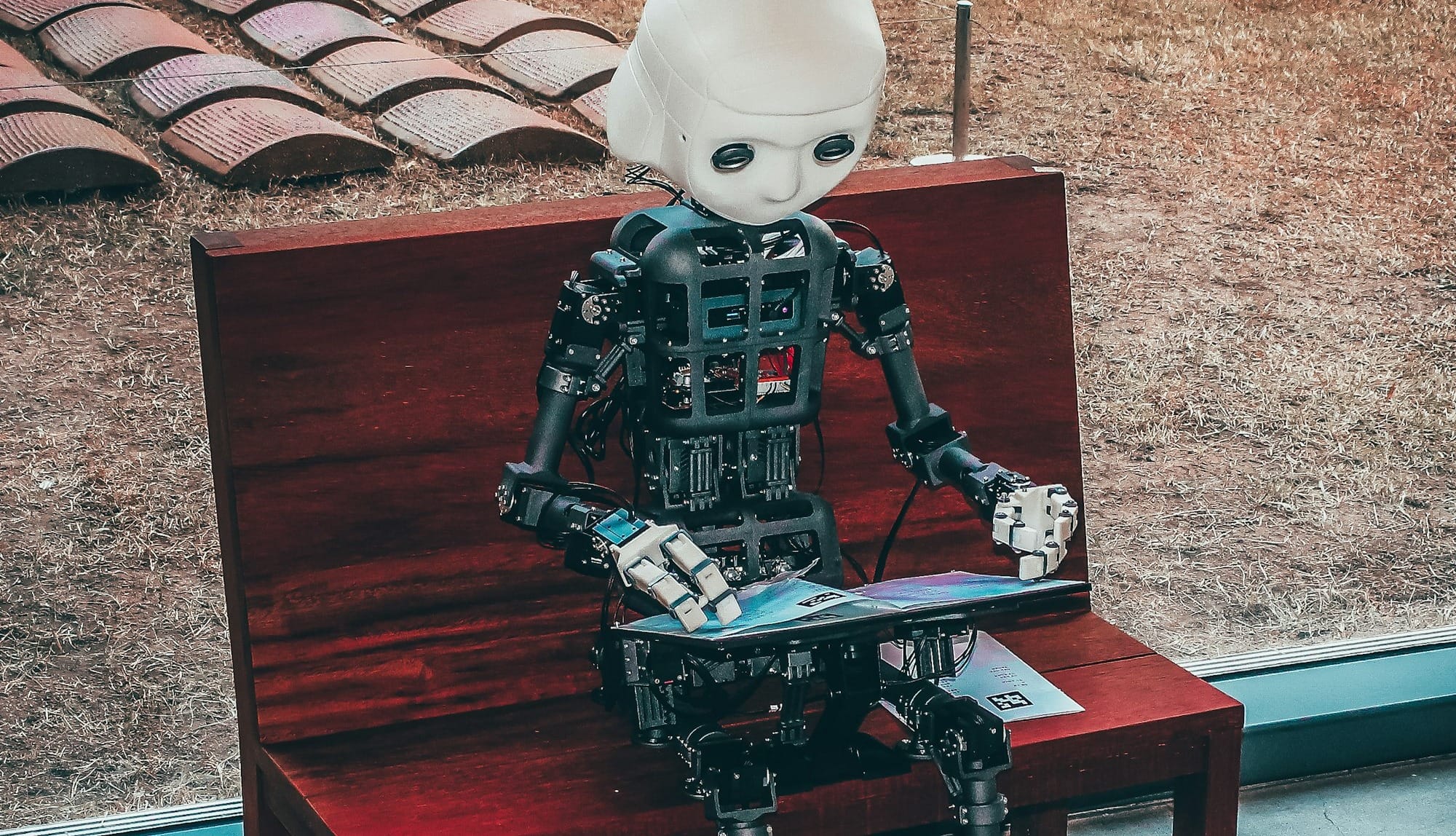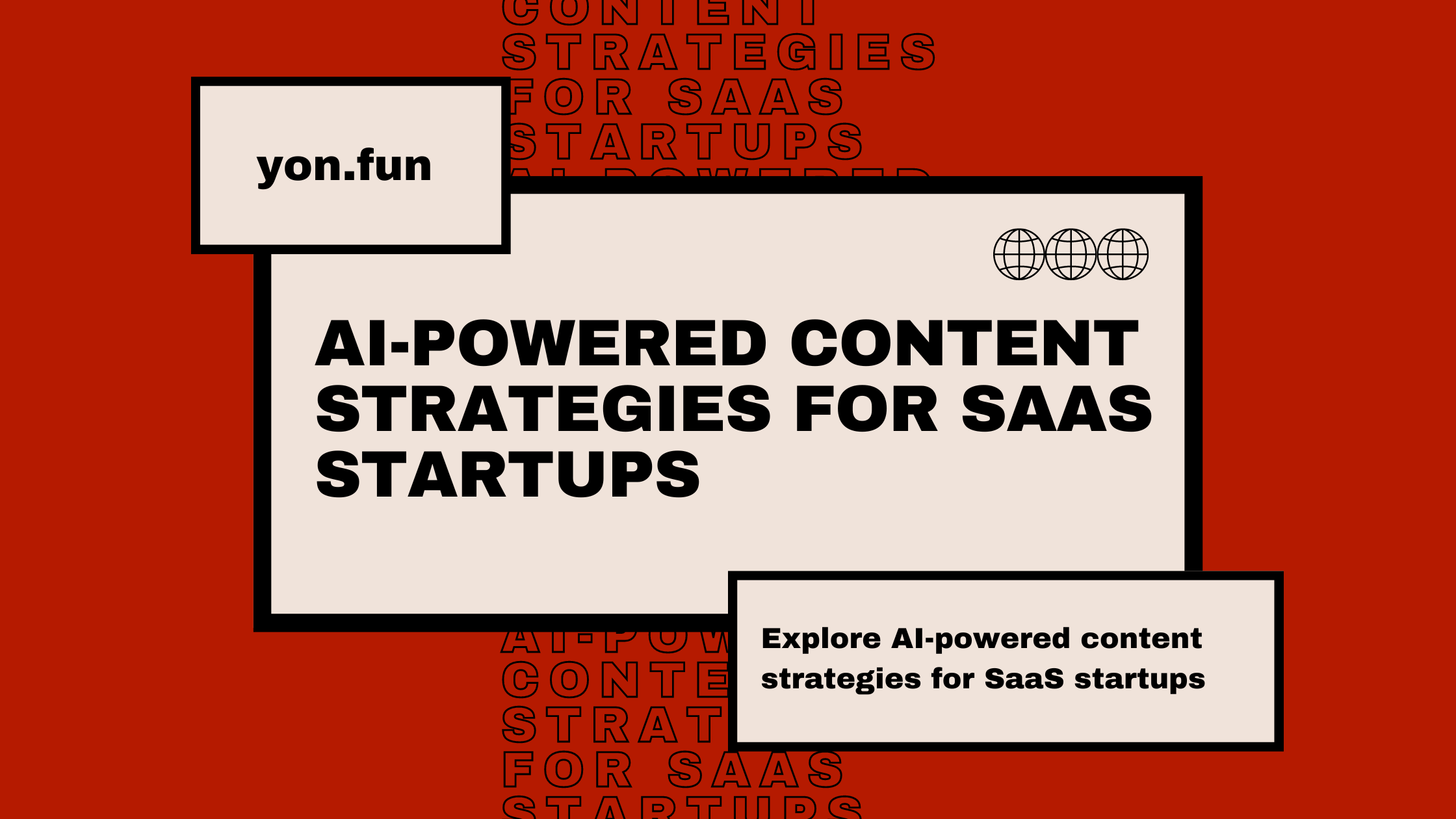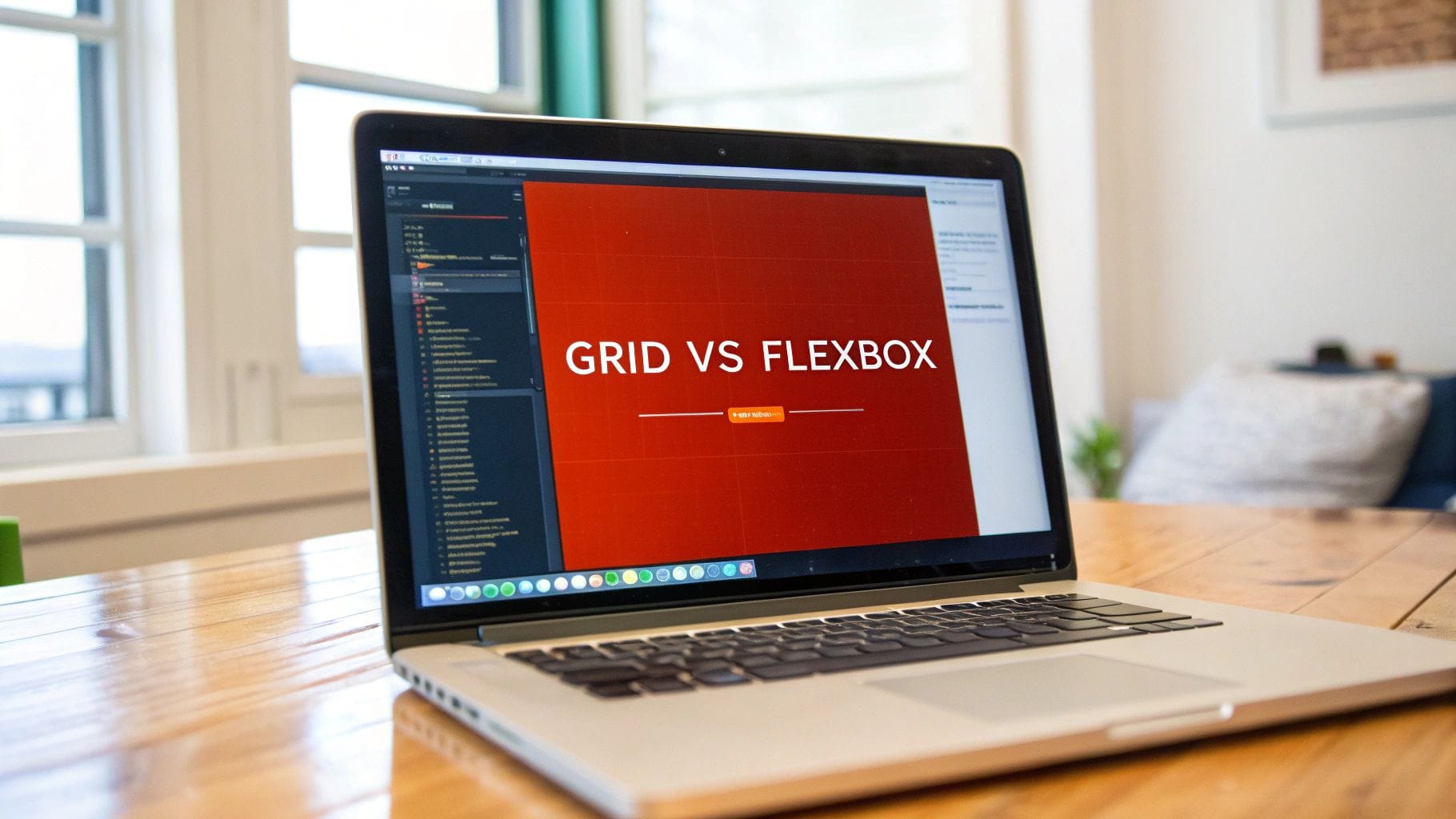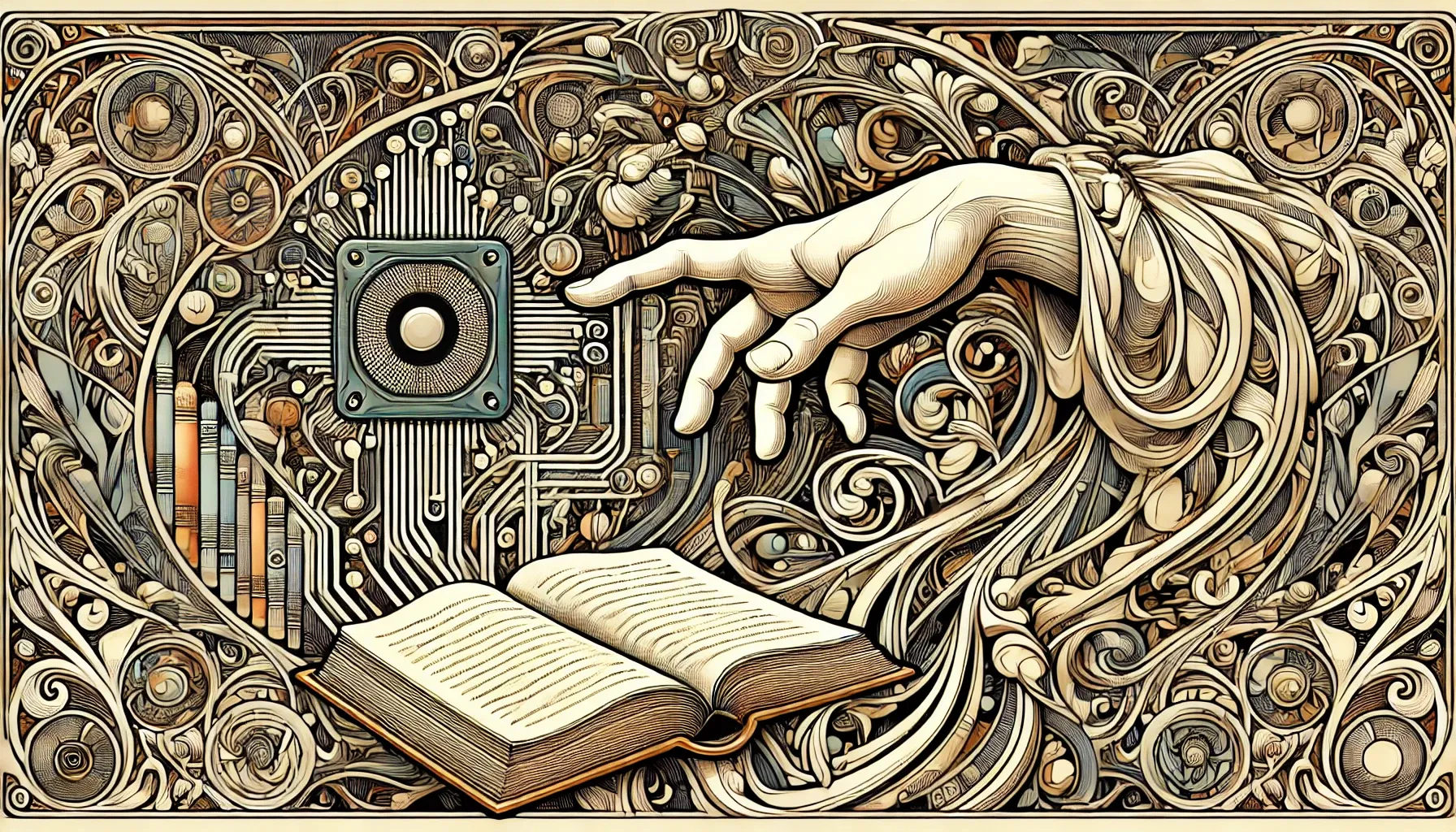Picasso's Insight: But Related to AI?
Explore the intricate dance between AI and human creativity through Picasso, revealing a future where technology and personal experience merge.


In the realm of creativity, few phrases stir as much intrigue and debate as Pablo Picasso's famous quote: "Good artists copy, great artists steal." At first glance, this declaration might raise eyebrows, challenging our conventional notions of originality and artistic integrity. Yet, when we peel back the layers, Picasso's words reveal a profound truth about the essence of creativity. It's not about the act of copying or stealing in a literal sense but about absorbing the world's vast tapestry of influences and weaving them into something uniquely our own.
Today, we stand on the brink of a new era, where the boundaries of creativity are being pushed and blurred by an unlikely collaborator: artificial intelligence. This partnership, at first, might seem as discordant as a Picasso cubist portrait—abstract, fragmented, yet somehow, deeply resonant and full of potential. AI, with its vast computational capabilities and data-processing prowess, offers a new lens through which we can explore and expand the canvas of human creativity. But how does this align with Picasso's view? Can AI, a creation of human ingenuity, truly participate in the sacred dance of stealing—not in the sense of taking what is not theirs, but in drawing from the infinite well of human experience and creativity to produce something new, something transformative?
As we navigate through this discussion, let us hold close the notion that in the vast expanse of creativity, there remains an uncharted territory where AI serves not just as a tool for emulation, but as a catalyst for the emergence of new forms of art, ideas, and expressions that are as boundless as the human imagination itself. In doing so, we might find that the intersection of AI and human creativity doesn't just reflect the capacity for innovation but embodies the very spirit of Picasso's philosophy—where the act of "stealing" becomes an ode to the transcendence of art and creativity in the digital age.
Creativity: Human vs. AI
At the heart of any discussion about art, innovation, and expression lies a complex, often elusive concept: creativity. Traditionally, creativity has been seen as the domain of humans alone—a magical blend of inspiration, intuition, and intellect that allows us to create works of art, solve problems in novel ways, and envision what has never before been thought possible. This human-centric view of creativity is imbued with emotional depth, cultural influences, and personal experiences, making it as diverse as humanity itself.
Yet, as we venture further into the digital age, a new player has emerged on the creative scene: artificial intelligence. AI, with its ability to process vast amounts of data, recognize patterns, and generate outputs based on learned information, presents a fascinating paradox. Can a system designed by humans, governed by algorithms, and devoid of personal experiences or emotions, truly be creative? Or is AI's form of creativity merely an echo of its creators, a mirror reflecting back the inputs it has been fed?
To unravel this, let's consider what creativity means in the context of AI. AI creativity, often termed "computational creativity," involves the generation of new ideas, solutions, or artistic expressions from a machine. This process is not random; it's based on algorithms that allow AI to learn from a dataset and apply this knowledge creatively. For instance, AI can compose music that sounds strikingly human-composed or create artwork that resonates with viewers, all without a conscious understanding of what it means to feel moved by art or music.
Yet, this is where the paths of human and AI creativity diverge. For humans, creativity is not just about the end product but the journey—imbued with curiosity, driven by emotion, and often fueled by a deeply personal quest for expression. Our creative acts are as much about the experience of creating as they are about what is created. For AI, creativity is an outcome, a result of processing and pattern recognition. There's no emotion in the creation, no story behind it, no life experiences that shape the final product.
However, this doesn't mean that AI's role in creativity is lesser or unworthy of exploration. On the contrary, AI's ability to generate novel combinations of ideas, mimic styles, and even "learn" from the breadth of human creative outputs offers a unique lens through which we can view creativity. It challenges us to expand our definitions and understanding of what it means to be creative, pushing the boundaries of art and expression in directions we've yet to fully imagine.
As Picasso might suggest, the greatness in art and creativity often comes from the ability to see the world differently, to steal bits and pieces from our experiences, our emotions, and our intellect, and to recombine them into something new. In this light, AI's potential to assist in the creative process is not just about emulation or mimicry; it's about offering a new set of tools for human artists to steal from, to be inspired by, and ultimately, to transform their creative visions into realities that surpass our current imagination.
The Evolution of Creative Collaboration
The annals of art history are filled with stories of collaboration and influence, where artists, writers, and musicians borrowed from one another and from the world around them to push the boundaries of their work. This tradition of creative exchange has been the lifeblood of innovation, driving the evolution of art forms and artistic movements from the Renaissance workshops to the avant-garde salons of Paris. It's a testament to the idea that creativity thrives not in isolation but in dialogue—with the world, with other artists, and with the myriad influences that shape our perception and understanding of art.
In the 20th century, this dialogue took on new dimensions with the advent of technology. From the photographic experiments of Man Ray to the multimedia installations of Nam June Paik, artists began to explore how technology could be used as a medium, a tool, and a collaborator in the creative process. These explorations opened up new avenues for expression, challenging traditional notions of what art could be and how it could be created.
Today, we stand at the cusp of another revolution in creative collaboration, brought forth by the advent of artificial intelligence. AI, with its unprecedented computational power and learning capabilities, offers artists a new collaborator—one not bound by the physical limitations of the human body or the traditional constraints of artistic mediums. This collaboration between human and AI is not merely a continuation of the technological explorations of the past but a leap into a future where the creative partnership is limited only by the imagination.
Consider, for instance, the work of artists who use AI to generate visual art that would be impossible to create by human hands alone, or composers who employ machine learning algorithms to produce music that blends styles and traditions in entirely new ways. These examples are not just instances of technology aiding the creative process; they are manifestations of a new kind of creativity, born from the partnership between human vision and AI's capability to execute that vision with precision and variability beyond human reach.
This evolution of creative collaboration reflects a broader shift in our understanding of art and creativity. Just as Picasso's philosophy challenged artists to reimagine the sources of their inspiration and the methods of their creativity, the integration of AI into the arts challenges us to reconsider the very nature of artistic collaboration. It invites us to explore uncharted territories of creativity, where the line between creator and tool becomes blurred, and where the act of creation itself is a shared endeavor between human and machine.
Yet, as we embark on this journey, we must also navigate the complexities and challenges that come with this new partnership. Questions of authorship, originality, and the role of the artist in an AI-driven creative process are just the beginning of the dialogue that must unfold as we explore the potential of this collaboration. But one thing remains clear: the intersection of AI and human creativity holds the promise of expanding the horizons of art and expression in ways we are only beginning to understand.
AI and Human Creativity: The New Great Artists
In an era where the fusion of artificial intelligence and human ingenuity is redefining the boundaries of art and creativity, we witness the dawn of new great artists. These artists don't just emulate past styles or ideas; they create something entirely novel, a testament to Picasso's belief that "Great artists steal." Here, "stealing" transcends its conventional meaning, evolving into a process of transformative creation that marries the depth of human imagination with the computational prowess of AI.
Breaking New Ground in Visual Arts
In the visual arts, artists are employing AI not just as a tool but as a partner, navigating the vast expanse of artistic expression to create works that defy traditional categorization. This collaboration enables artists to "steal" from an unparalleled array of influences, integrating elements from across art history, styles, and cultural boundaries, all processed through the lens of AI. Generative adversarial networks (GANs), for instance, are at the forefront of this movement, producing visuals that challenge our perceptions of authorship, beauty, and meaning.
The work of artists like Refik Anadol, who uses data as his palette and algorithms as his brush, exemplifies this new frontier. Anadol's installations, which transform vast datasets into immersive sensory experiences, suggest a future where art is not just seen but experienced in multi-dimensional, dynamic forms. This expansion of the visual arts into data-driven, algorithmically generated experiences invites viewers to engage with art in a dialogue, echoing the collaborative process between the artist and AI.
Moreover, this approach opens up new avenues for exploring the relationship between art and viewer, between creator and creation. By incorporating AI, artists can create works that respond to and evolve with their audience, breaking down the barriers between the art object and its beholder. This dynamic, interactive form of art-making points to a future where art is not a static commodity but a living, breathing entity that reflects the complex interplay of data, algorithms, and human experience.
The Written Word: AI-assisted Worldbuilding
In literature, the advent of AI-assisted storytelling heralds a new breed of authors who leverage AI's capabilities not just for crafting narratives but for building entire worlds. This partnership enables a depth of worldbuilding that was previously the domain of only the most resourceful or imaginative authors. AI tools, by processing and synthesizing vast amounts of literary and cultural data, assist in creating detailed, believable settings and narratives.
AI's role in this process is transformative, allowing authors to explore intricacies of their imagined worlds with unprecedented precision. From generating realistic geographical landscapes to simulating societal dynamics, AI aids in creating rich, immersive environments that captivate readers. This level of detail enriches the narrative, making the fictional worlds as integral to the story as the characters themselves.
Democratizing creativity, AI-assisted worldbuilding empowers authors at all stages of their careers to craft narratives with the complexity and depth once achievable only by those with extensive resources. This shift not only enhances the richness of the literary landscape but also introduces a diversity of voices and stories, reflecting a broader spectrum of experiences and imaginations.
Designing Tomorrow: Innovation and Ethical Considerations
As we embrace the potential of AI to revolutionize fields from visual arts to literature, we must also consider the ethical dimensions of this collaboration. In design, where AI facilitates the exploration of new forms and functions, questions arise about the originality and authenticity of AI-assisted creations. The same computational tools that enable designers to push the boundaries of architecture, fashion, and industrial design also challenge our traditional notions of authorship and creativity.
Merging ethical considerations with the creative process, we confront dilemmas around the ownership of AI-generated works, the transparency of AI's role in the creative process, and the societal implications of art and designs conceived through human-machine collaboration. Addressing these challenges is essential as we navigate the future of creativity, ensuring that the fusion of AI and human ingenuity remains a force for innovation, inclusivity, and ethical artistic expression.
Embracing a Future of Collaborative Creation
As we reflect on the journey through the evolving landscape of creativity, where AI and human ingenuity intertwine, it becomes clear that we are not merely spectators but active participants in a profound transformation. This exploration, inspired by Picasso's insight into the nature of artistic greatness, reveals that the essence of creativity transcends the limitations of individual minds or machines. Instead, it flourishes in the fertile ground of collaboration, where the unique capabilities of AI merge with the depth of human experience and imagination.
The emergence of AI as a partner in the creative process challenges us to rethink our definitions of creativity, artistry, and authorship. It compels us to consider how technology can serve not just as a tool for replication but as a catalyst for innovation and the discovery of new forms of expression. As we navigate this uncharted territory, the potential for AI to amplify human creativity offers a glimpse into a future where the boundaries of art are limitless, and the possibilities for creation are boundless.
Yet, this future also demands a thoughtful approach to the ethical implications of AI in creativity. As we design tomorrow's world, incorporating AI into our artistic and creative endeavors, we must remain vigilant about preserving the integrity of the creative process, ensuring that the collaboration between humans and machines enriches our cultural landscape without compromising the values that underpin artistic expression.
In embracing this future, we hold close the notion that the intersection of AI and human creativity is not just a reflection of our capacity for innovation but a testament to the enduring power of art to transcend, transform, and illuminate the human experience. As Picasso might have appreciated, the act of "stealing" in this context becomes not merely an ode to the influence of past generations but a celebration of the boundless potential of human and AI collaboration to forge new frontiers in creativity.
The dialogue between AI and human creativity is just beginning. As we continue to explore this dynamic partnership, we stand on the precipice of a new era of art and expression, one that promises to redefine what it means to be a creator in the digital age. The path forward is as exciting as it is uncertain, but one thing remains clear: the fusion of human ingenuity and artificial intelligence holds the key to unlocking unimaginable realms of creativity, offering us a glimpse into a future where anything is possible.























